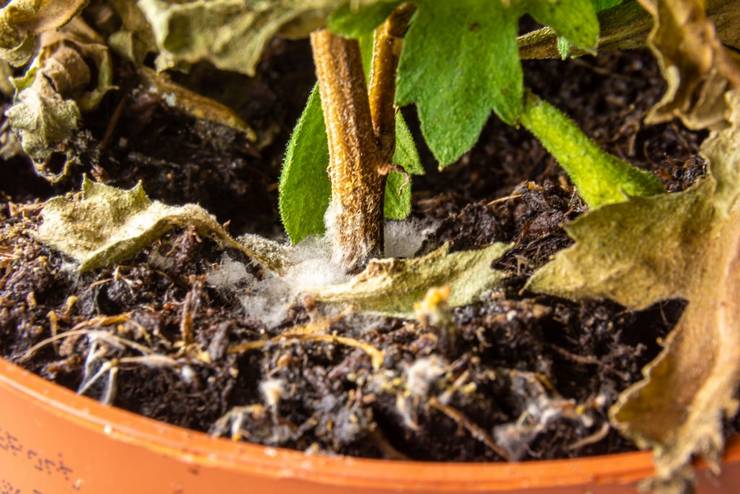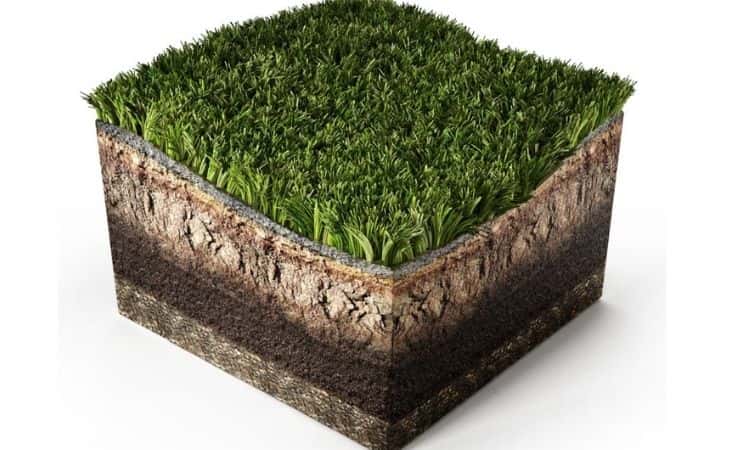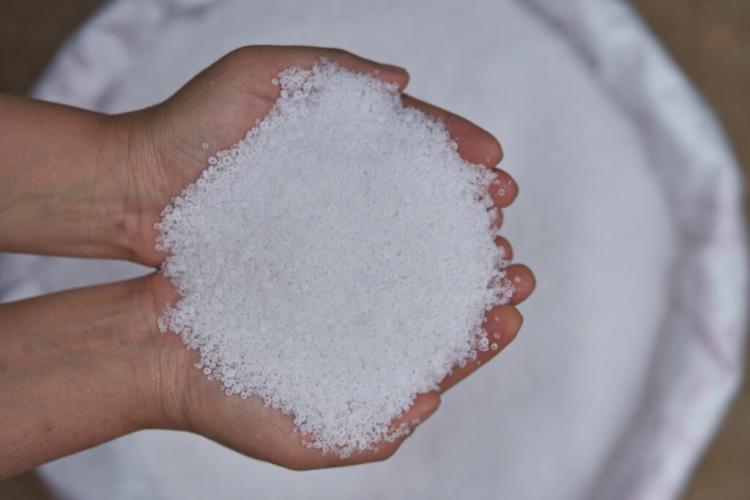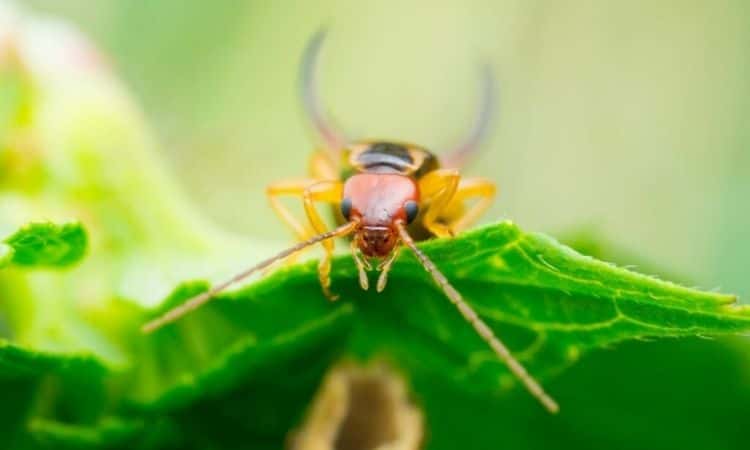Potting Soil Molds: Causes, Prevention And Control
If potting soil is moldy, the soil is not necessarily contaminated. Much more often, the storage conditions, the watering behavior, or the composition of the potting soil are the causes of mold in the flower pot.
Regardless of whether it is peat or a peat substitute, fresh or old potting soil, sack that has been open for a long time or freshly opened – every potting soil molds under certain conditions. But mold on the potting soil can damage plants, is unsightly, and can irritate the respiratory tract in sensitive people. In the following, we will explain everything to do with the causes, prevention, and control of mold in flower pots.
What does mold look like on potting soil?
Table of Contents
Mold on potting soil is soft and fluffy and first appears in small round colonies on the substrate. It often gives off a somewhat musty smell and white threads of fungus called mycelium can be visible beneath the surface. If the growth of the fungus is very advanced, conspicuous fruiting bodies are formed, with which the fungus produces further spores to multiply.
Lime or salt deposits on the potting soil or the clay granules on the ground look different: These are rather dry, hard, and crumbly. Such deposits also tend to occur over a large area and not in small groups. The causes of the deposits are irrigation water that is too calcareous on the one hand and pouring “from below”, i.e. over the trivet, on the other.
Tip: If you want to get rid of unsightly limescale and salt deposits, it is better to water with soft rainwater and at least occasionally from above on the ball of the pot.
Is mold on potting soil harmful?
Mold on potting soil is not dangerous for people with a healthy immune system. People with poor health or those allergic to mold should never inhale the spores and only treat infected pots with a face mask. Mold is also not a problem for fully grown plants in pots. Young plants, however, can be greatly inhibited in their development and die, especially due to the competition for nutrients.

Why is potting soil moldy?
Potting soil can go moldy if fungal spores find optimal conditions for germination on their surface. Fungal spores are actually everywhere in our air, so mold can in principle always appear. However, some factors favor or inhibit the development of mold:
- High humidity: This is promoted by wet, poorly ventilated potting soil. Cheaper soils made from fine black peat or soils with too much compost are therefore more often affected. High-quality, structurally stable, and loose soils such as Plantura organic soils are far less susceptible to mold.
- Warm temperatures: Most molds feel particularly comfortable in moist heat and multiply faster.
- Incorrect storage: Sometimes potting soil is already moldy in the package. This does not necessarily have to do with poor quality, but with the condensation that forms on the film. Then small, harmless nests of mycelium can appear at the air holes in the film.
- Organic matter: Every mostly organic substrate can sooner or later decompose, collapse and thus create optimal conditions for molds. This applies to compost as well as to bark humus, wood fiber, or peat.
By the way: the age or the storage time of the potting soil has nothing to do with the formation of mold. The mold spores do not necessarily have to come from the earth, as they are found everywhere in the air.
You might so like: Predatory Bug: How To Get Rid Of Native Predatory Bug Species Effectively
Tip: If a large part of an unopened sack is streaked with mycelium, this is definitely a reason for complaint. Because in this case the earth was apparently produced by the manufacturer under poor conditions or incorrectly stored by the dealer.
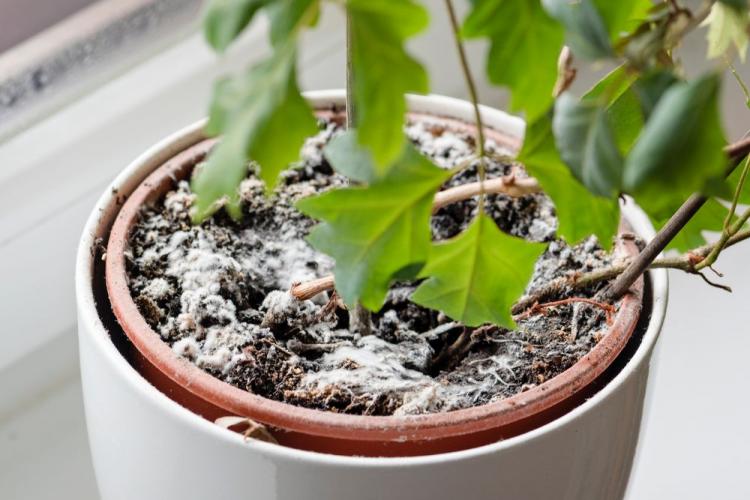
How can you prevent mold on potting soil?
Mold on potting soil can be prevented by properly storing open and closed soil sacks and, in particular, regularly repotting indoor plants.
You might so like: Dried Fruit Moth: Successfully Combat And Recognize
It is also important to use high-quality, structurally stable, and loose substrates.
- Store your piles of earth protected from the weather, in a dark and cool place.
- Repot plants in tubs and pots regularly, at the latest when the old earth has collapsed and is no longer loose.
- Use high-quality potting soil, such as our Plantura organic potting soil, which thanks to wood fiber, perlite, and expanded clay sags less quickly and stays loose.
Tip: You should only use heavily moldy potting soil in the garden and not in the house.
Fight mold on potting soil
Here’s what you can do to combat mold on potting soil:
- Sufficient ventilation of living spaces – this helps against any kind of mold in the house.
- Treat your plants to a light spot – the mold feels less comfortable here.
- Let the surface of the earth dry off regularly. Drying can be speeded up by roughening them with a fork. Pour over the coaster from below more often.
- Remove the moldy layer of soil and spread a layer of sand on the surface of the pot. This dries particularly quickly. This will stop the further spread.
- If the infestation is already very strong, the entire soil must be replaced. Rinse the old substrate from the roots with lukewarm water and pot the plant in a new container with fresh, high-quality potting soil, for example with our loose Plantura organic soil.
- With some plants, sand, perlite, or coconut fiber can also be mixed in. These include, for example, carnivores, cacti, and succulents.
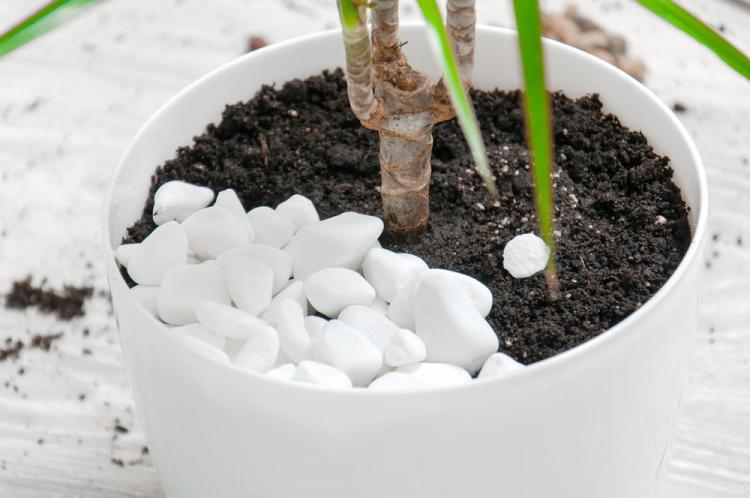
Tip: Home remedies against mold in potting soil: vinegar water, washing-up liquid, salts, mold-fighting cleaning agents, or the like are not an option if potting soil is moldy. They could change the soil chemistry and thus damage the plant. Possible home remedies, however, are pouring chamomile tea or sprinkling the surface of the pot with cinnamon powder. Both have a certain effect, but will only bring relief for a short time if nothing else is done against the mold in the flower pot.
By the way: cinnamon not only helps against mold on potting soil. Cinnamon in the garden is a versatile home remedy that can also be used against ants and animal pests, for example.
